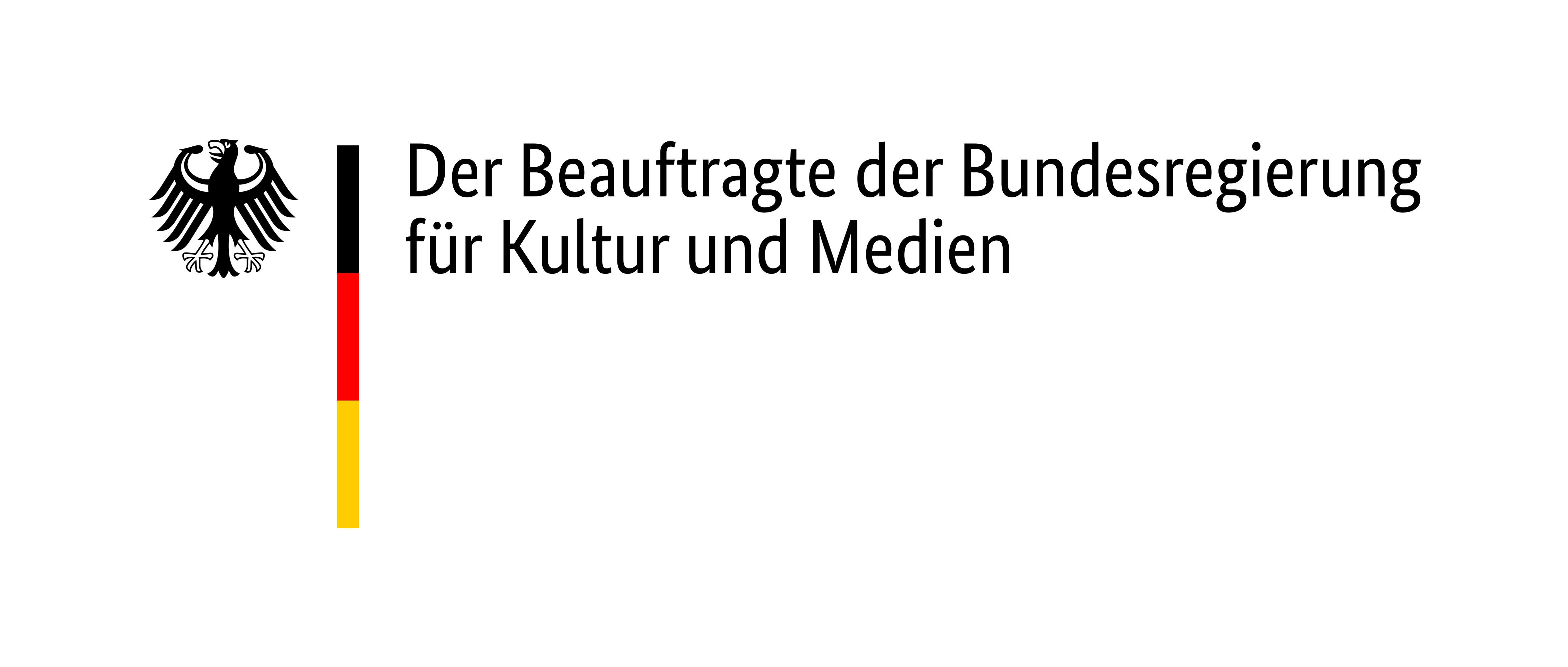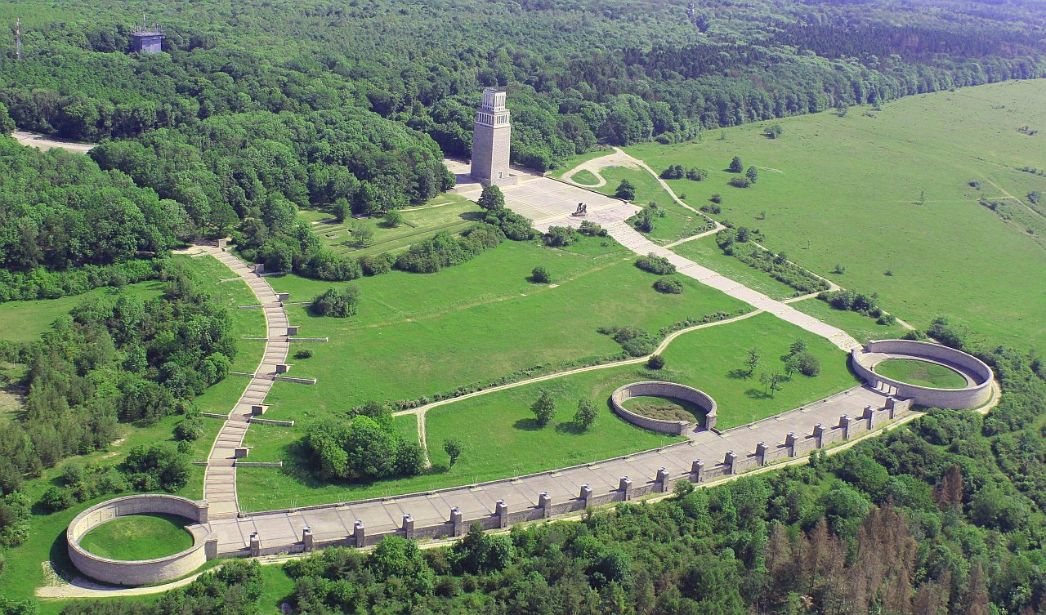
The design of the memorial complex originated from a limited competition, resulting in the recommendation that a young group of architects, which soon called themselves "Architektenkollektiv Buchenwald" work together with sculptor Fritz Cremer. They planned a massive complex, in which visitors are first led down to three mass graves, the "night of fascism," and then up again to a giant bell tower, "the light of freedom." The architects employed the Western traditional motif of resurrection to portray the suffering and death of the concentration camp inmates as a communist-led struggle and victory.
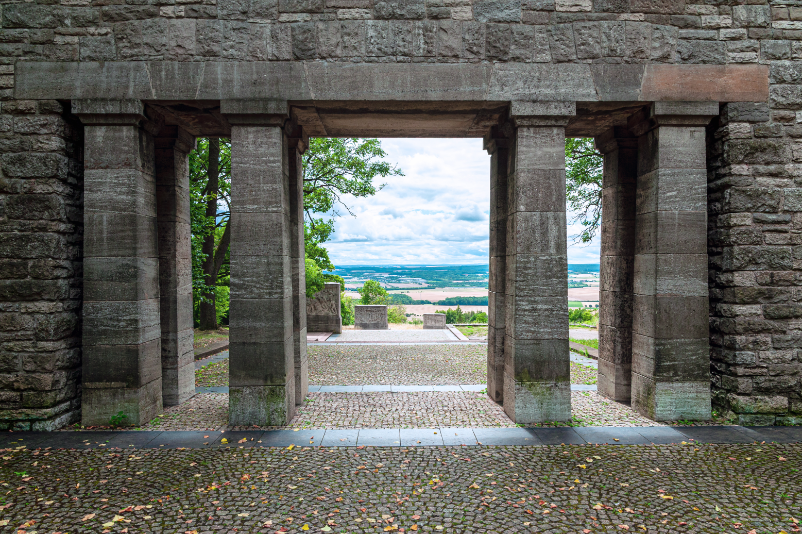
Entry and Stele Path
The path to the graves leads through a heavy, stone gateway and down open steps. It is marked along the way by seven steles symbolizing the seven years of the concentration camp:
- Stele 1: "Construction of the camp"
- Stele 2: "Arrival of the inmates"
- Stele 3: "Slave labour in the quarry"
- Stele 4: "Suffering and extermination of the inmates"
- Stele 5: "Solidarity despite suffering and extermination"
- Stele 6: "Thälmann ceremony and preparations for resistance"
- Stele 7: "Liberation"
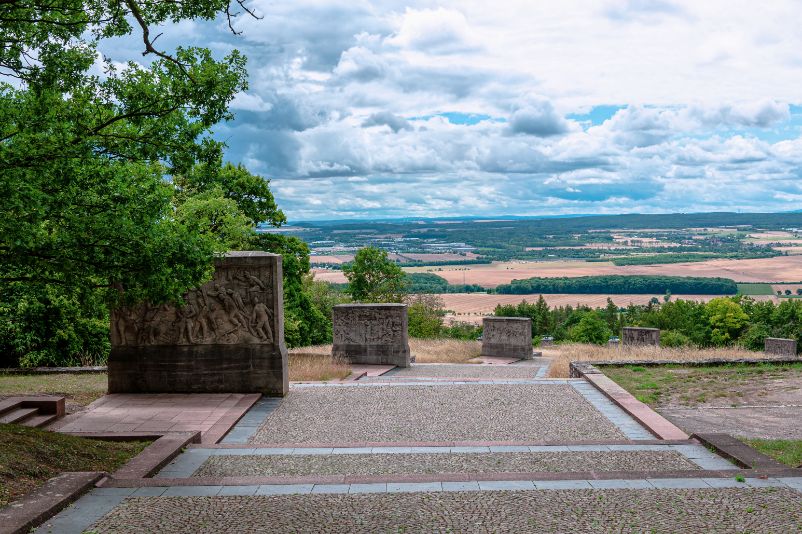
During the GDR period, the resistance of the inmates against the SS, as portrayed on the stele, symbolized victorious struggle of communism against fascism. Even the design of the steps is defined by these oppositions: red and black stones have been set in such a way that from below the entire set of stairs appears red.
The texts on the backs of the stele were written by Johannes R. Becher, Cultural Minister of the GDR at the time.
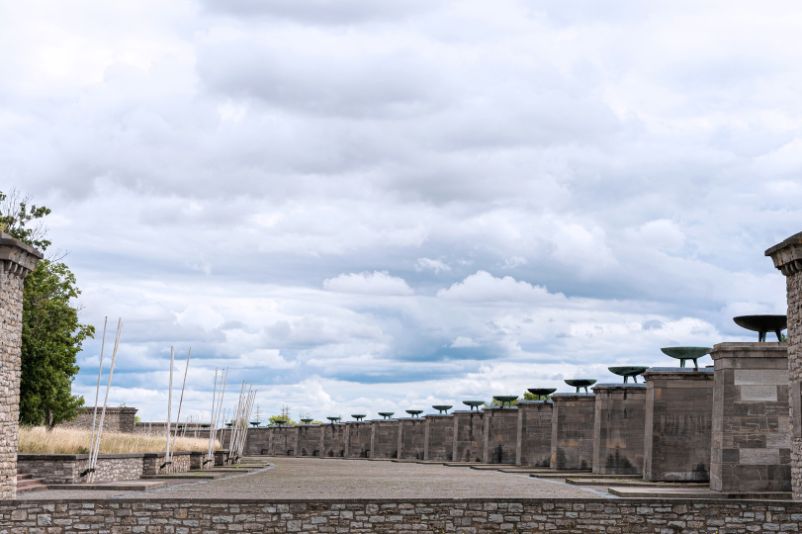
Avenue of Nations
The three circular graves are joined by the monumental "Avenue of Nations." For the builders this was seen as a "path for reflection and gathering strength."
Running along the avenue are 18 pylons with fire bowls, a design based on ancient Egyptian precursors. They bear the names of 18 selected nations, from which people were deported to Buchenwald.
Soon after the memorial was inaugurated, not only was the composition of the countries a source of criticism, but doubts were also raised as to whether the emphasis on "nations" was an appropriate way to represent the people who were persecuted based racial and social criteria.
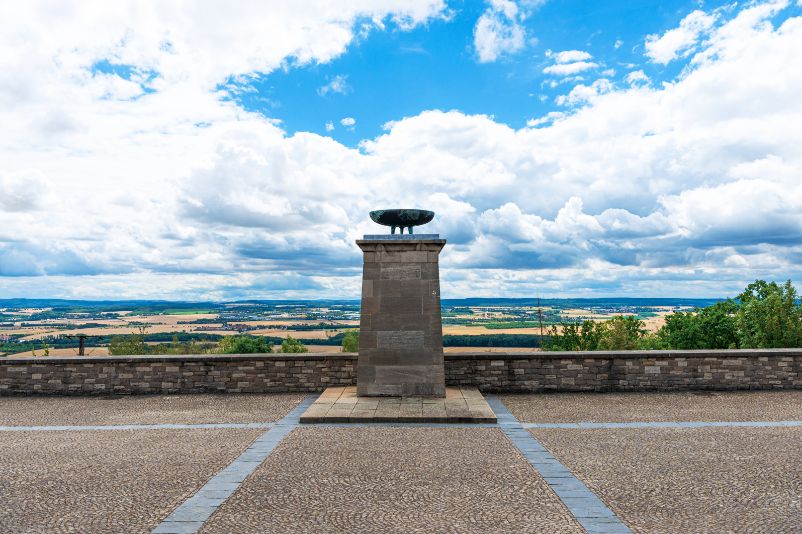
The neoclassical style of the "Avenue of Nations" most exemplifies the dominating, totalitarian architecture used by the architects of the memorial. Drawing on a classical formal vocabulary to commemorate the dead, the construction of such a monumental site can, nevertheless, be viewed as an attempt to respond to the dimensions of the crime and ensure that its remembrance persists over time.
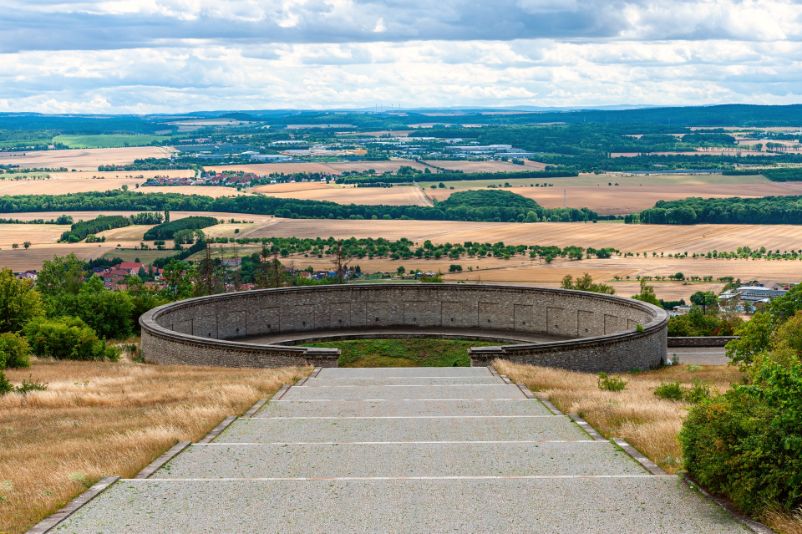
Ring Graves
The massive ring-shaped walls built in Roman style encompass three large grave pits. These are the mass graves from Buchenwald Concentration Camp, where the SS buried some 3,000 bodies in the spring of 1945 (2,000 additional bodies in adjoining graves). Many of the deceased were Hungarian Jews, who had been deported to Buchenwald via Auschwitz. On a plaque they are portrayed as "antifascist resistance fighters and patriots."
The first plans for the memorial were based on two mass graves. However, when a third mass grave was discovered during construction, the stele path was extended to the right, and thus this third depression in the earth was also integrated into the "Avenue of Nations."
At the end of the avenue, the path leads to the third and largest ring grave and then heads up the steep "Stairs of Freedom," paved with light-coloured stones, to the bell tower.
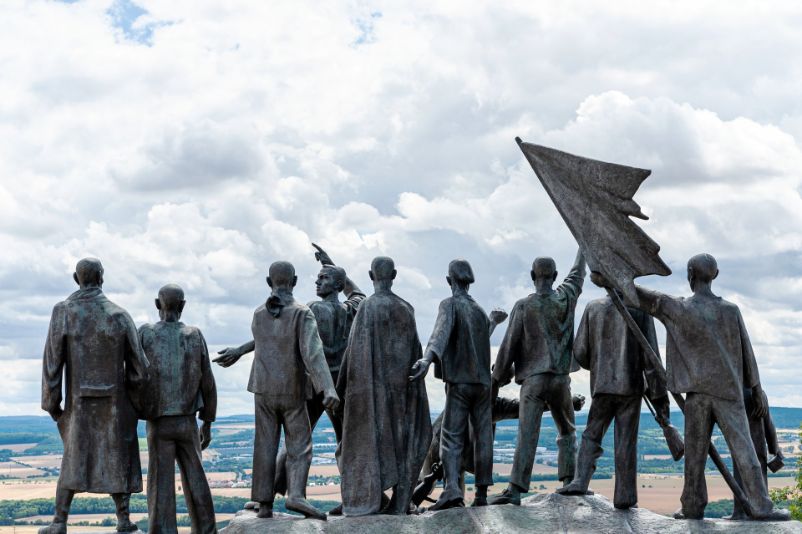
Figural Group
On the open assembly area in front of the bell tower is a figural group by Fritz Cremer, which is set on a pedestal of red stone. The bronze sculpture—the largest such sculpture in Germany—is dedicated to the victorious resistance of the camp inmates and shows the "self-liberation" of the inmates under communist leadership.
Cremer created eleven individual characters for the group composition: Inspired by the politically aware fighter, the "Rufer" (the one calling to action), the inmates liberate themselves. Off to one side on the right stand the figures of the "Zweifler" (doubter) and the "Negative" (pessimist). Above the "Stürzende" (falling man)—in the centre of the group—is the figure of the "Schwörer" (oath-speaker), who is pledging the "Oath of Buchenwald." The "Junge" (boy) with the determined expression represents the children saved by the camp resistance fighters.
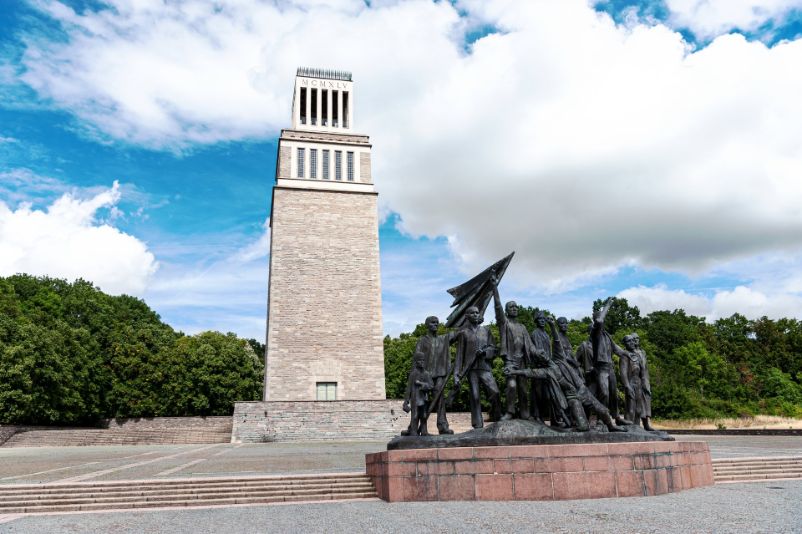
Bell Tower
Constructed from light-coloured sandstone and visible from afar, the "Tower of Freedom"—a name that vanished in the 1970s in favour of simply "Bell Tower"—concludes the path "through death and struggle to victory" that the memorial conveys. According to the self-understanding of the monument's builders, the over 50-metre tower stood for the pronouncement of the GDR as the better Germany.
The parapet of the bell tower served as a speaker's platform for leading state and party representatives of the GDR during mass assemblies, which regularly took place on the square in front of the tower—where also soldiers of the National People's Army (NVA) were sworn in, workers were recognized for completing stages of their training, and matriculation ceremonies were held.
Inside the bell tower are the earth and ash from concentration camps and sites of National Socialist terror from throughout Europe, which lie sealed beneath a slab of bronze. From here, two sets of stairs lead to a platform that is bathed in light. Above is the almost seven-tonne Buchenwald bell, which rings on the hour.
